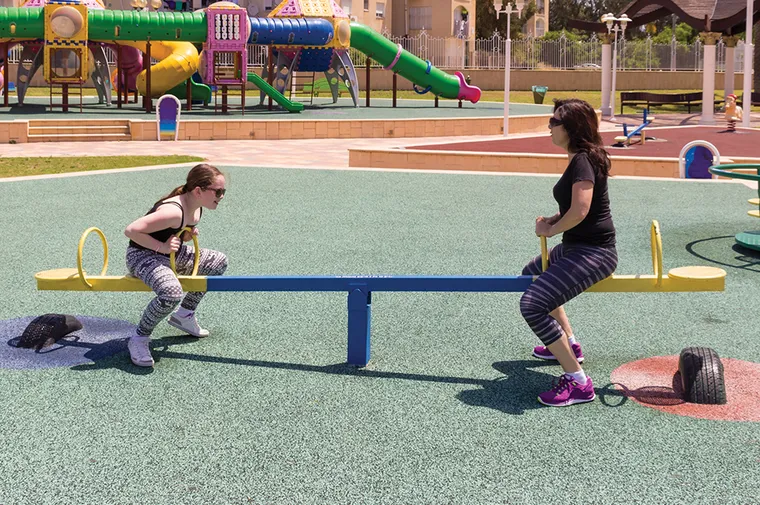Whenever I review submissions for our annual Special Needs issue, two themes surface across projects, locations, and writers—truly inclusive facilities are spaces that serve people of all ages and abilities, and inclusive design must do more than simply meet ADA-compliance standards.
Taken at face value, this means inclusion is an intentional practice that centers residents. Regulations matter and baseline accessibility is important, but the conversation has evolved along with patrons’ expectations.
But I think there’s a more emotional undercurrent here.
We live in a highly polarized and fractured nation. Much of the tech we’ve come to depend on pulls us away from others. The monoculture is dead. In place of water-cooler TV, we have dozens of streaming platforms on which we may watch a show that no one else in our immediate network has seen. The same goes for music and all forms of the arts. Too, social media has become a digital approximation of community, allowing people to disappear into their smartphones instead of chatting with the people next door, or even in the next room.
Though technology is getting faster and more intuitive at any number of tasks, it isn’t bringing people closer together. Thus, creating truly inclusive spaces isn’t only about opening up a world of play and function for people with different abilities. It’s also about deepening connections between friends, family, and community members.
If a multigenerational family can head to a park, and a child in a wheelchair can move freely through a play structure while her teen brother exercises and her grandparents rest under a shade structure, the entire group creates a new memory—not only the child.
As you read through this month’s stories, try processing them through this lens. Togetherness is what stands at the heart of every program, facility, and initiative featured, whether it’s an adaptive sport, a new playground, or general design considerations. When we invite more people into the fold and ensure a high-quality experience for all, everyone benefits.
You’ll also notice a special section featuring a couple of stories about marketing. Though not obviously connected to inclusivity, these stories also hint at togetherness. Effective marketing heightens awareness of programs and opportunities, and it increases attendance. The better the turnout, the more chances residents have to learn, connect, and grow.
At a time when many of us are being incentivized to turn inward, these stories remind us that there’s value in real-world interactions. Nothing beats getting people together in a room and sharing a new experience—especially when every single person’s needs are met.


